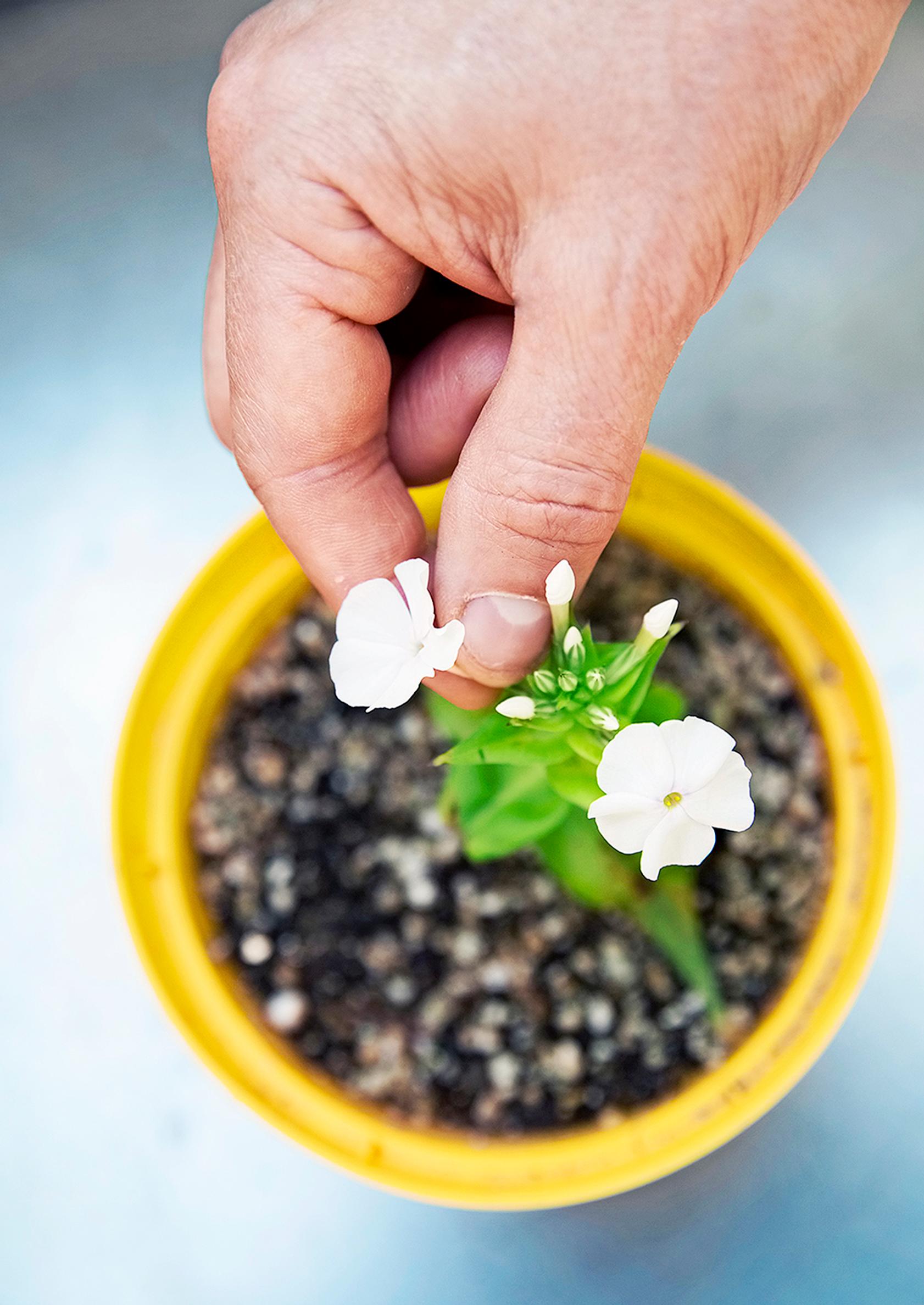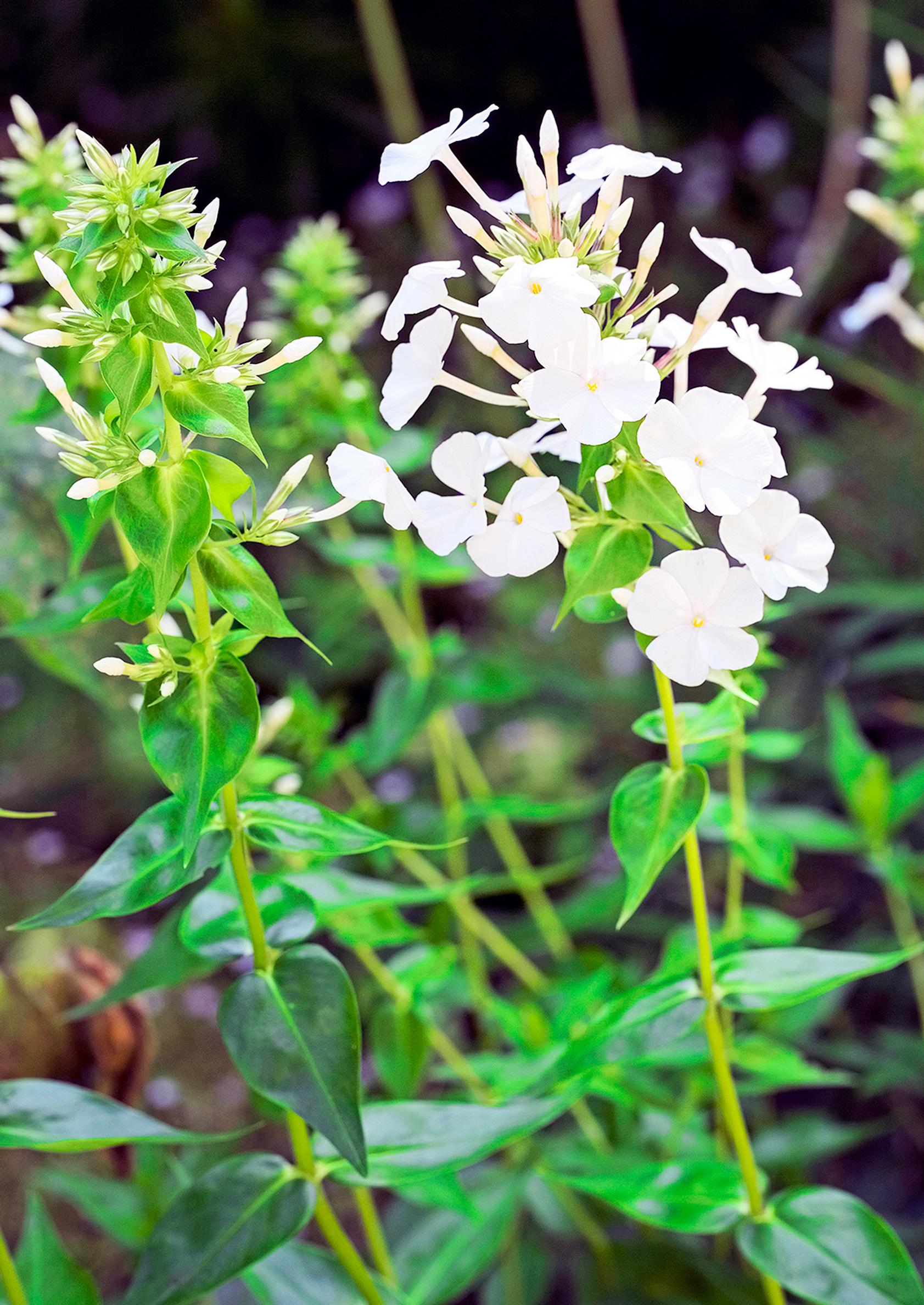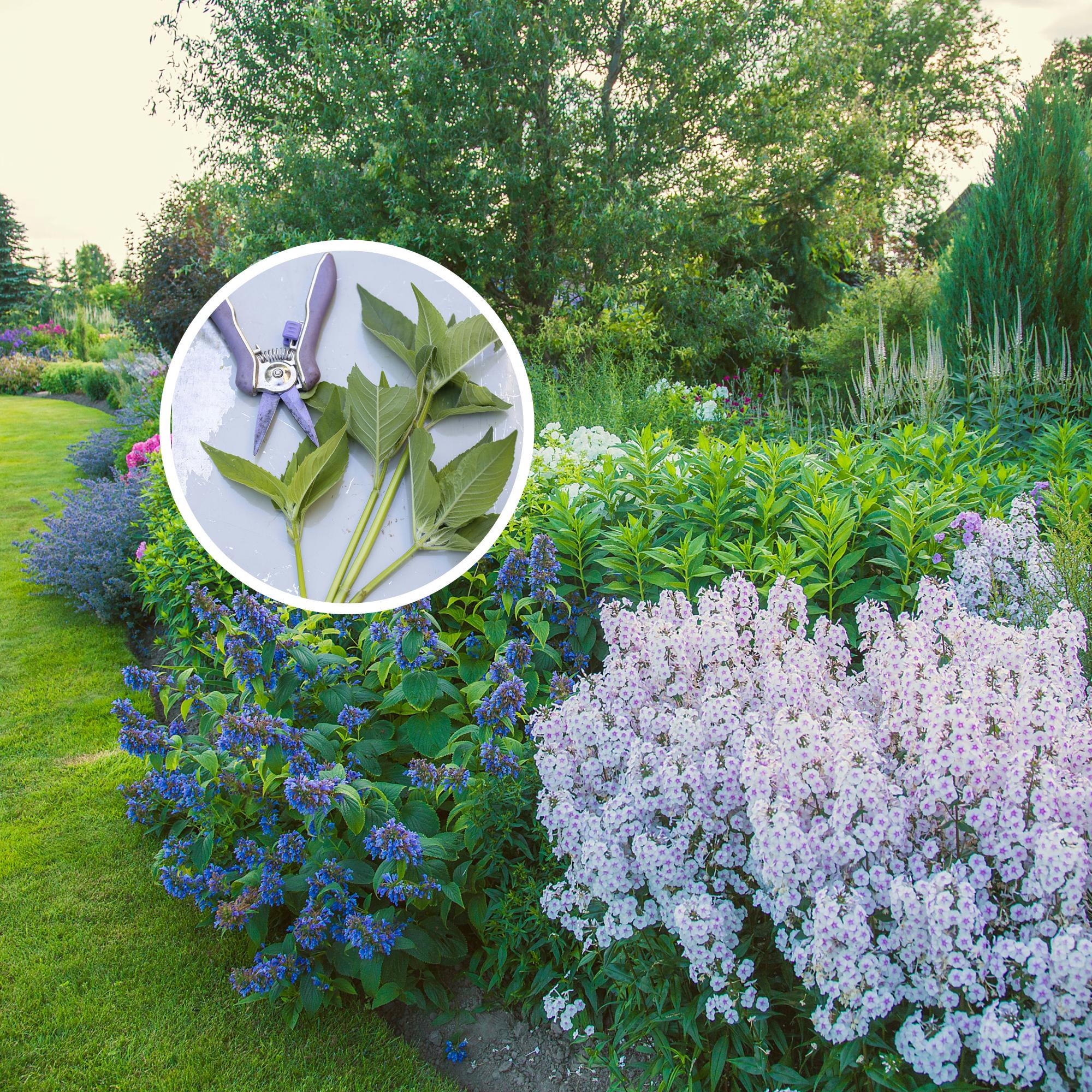
The next flower bed is free! Propagating perennials from cuttings is easy with professional instructions
Many perennials can be propagated from cuttings, just like houseplants. Early and mid-summer are ideal times to take perennial cuttings, writes horticulturist Outi Tynys.
Take a cutting preferably in June, when growth is at its peak and the seedling has plenty of time to strengthen. Robust varieties, like heritage perennials, also root well later in the summer.
From a single shoot, you can get a tip cutting as well as middle cuttings. Some perennials root best from the middle cutting, while others do better with the tip cutting.
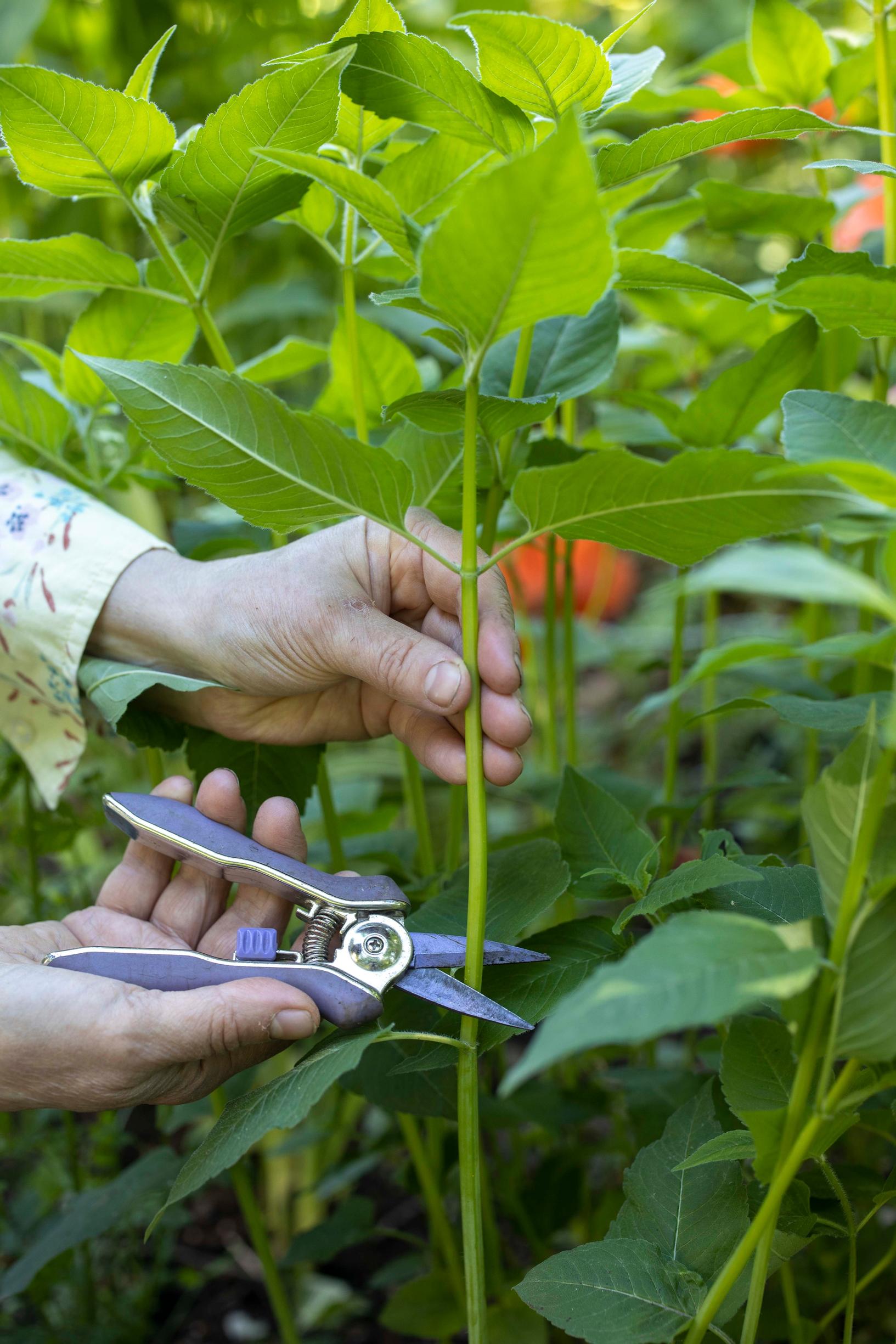
You can also propagate perennials from cuttings, for example, bee balm, garden phlox, speedwell, dead nettle, moss phlox, sedums, asters, wormwood, and purple loosestrife. Shorten the cutting below a leaf node, remove the lowest leaves, and cut larger leaves in half.
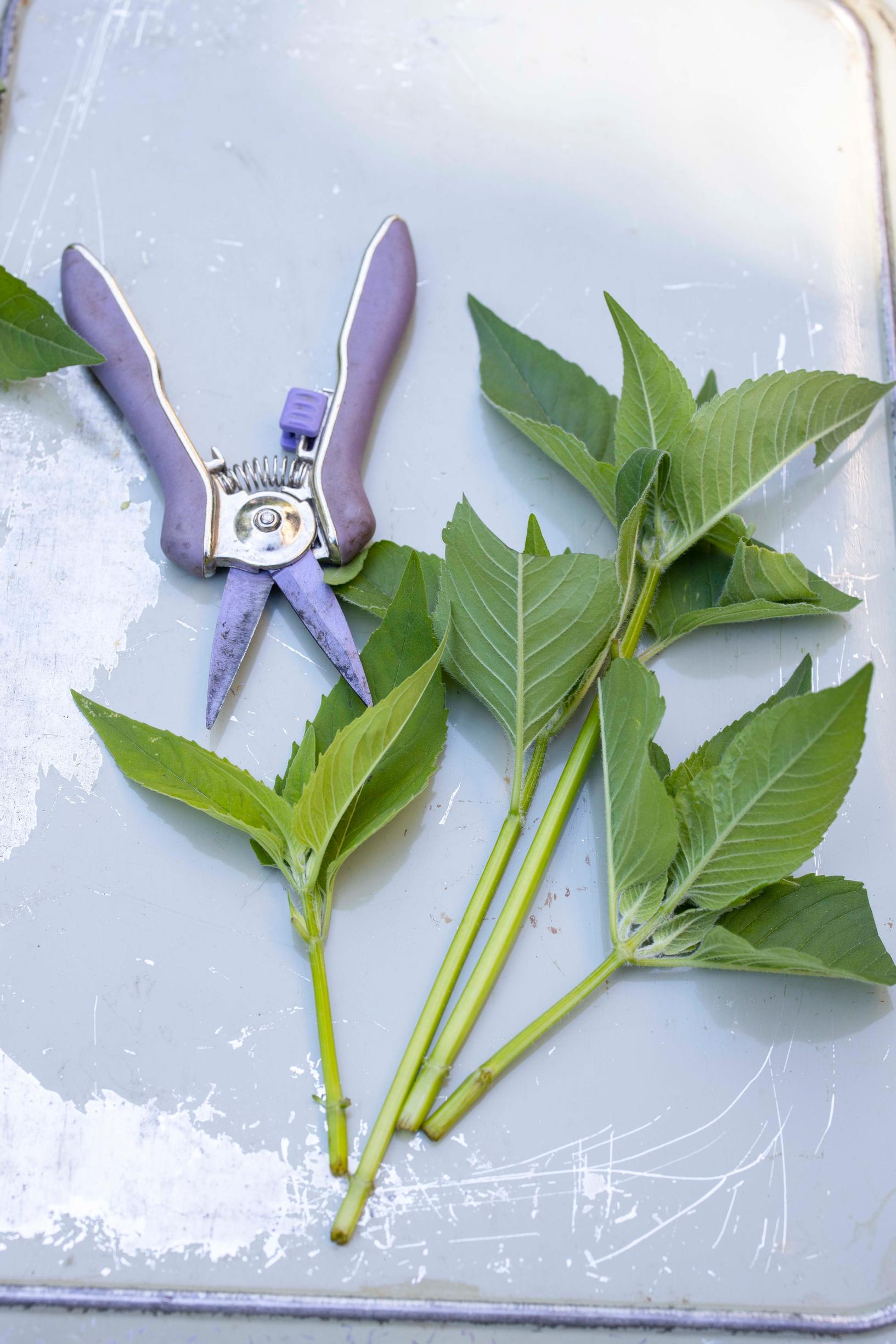
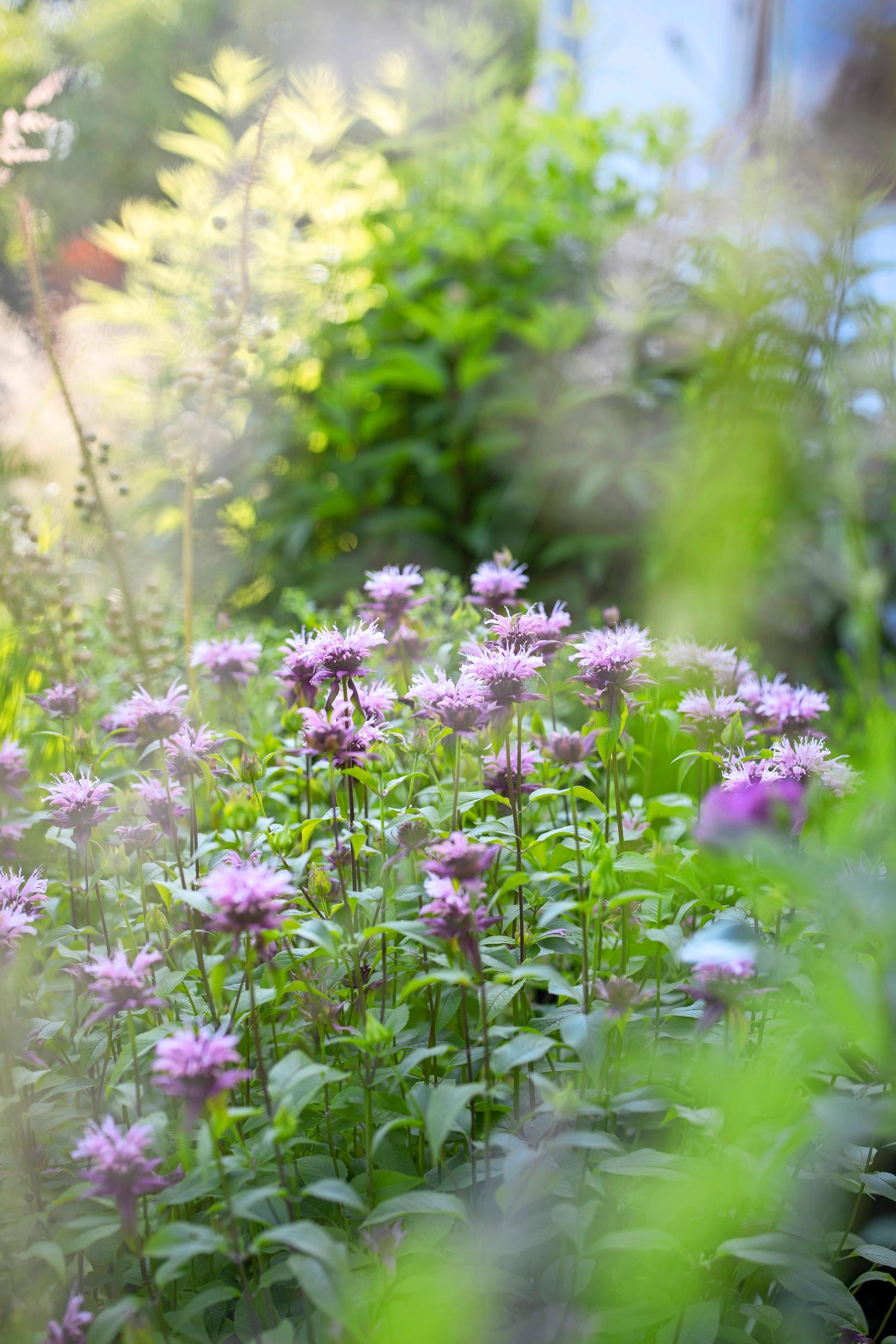
Insert the cutting into a hole made with a stick so the stem goes a few centimeters deep. Roots will form especially around the nodes on the stem. Place the cuttings in light, well-draining soil, either in pots or boxes.
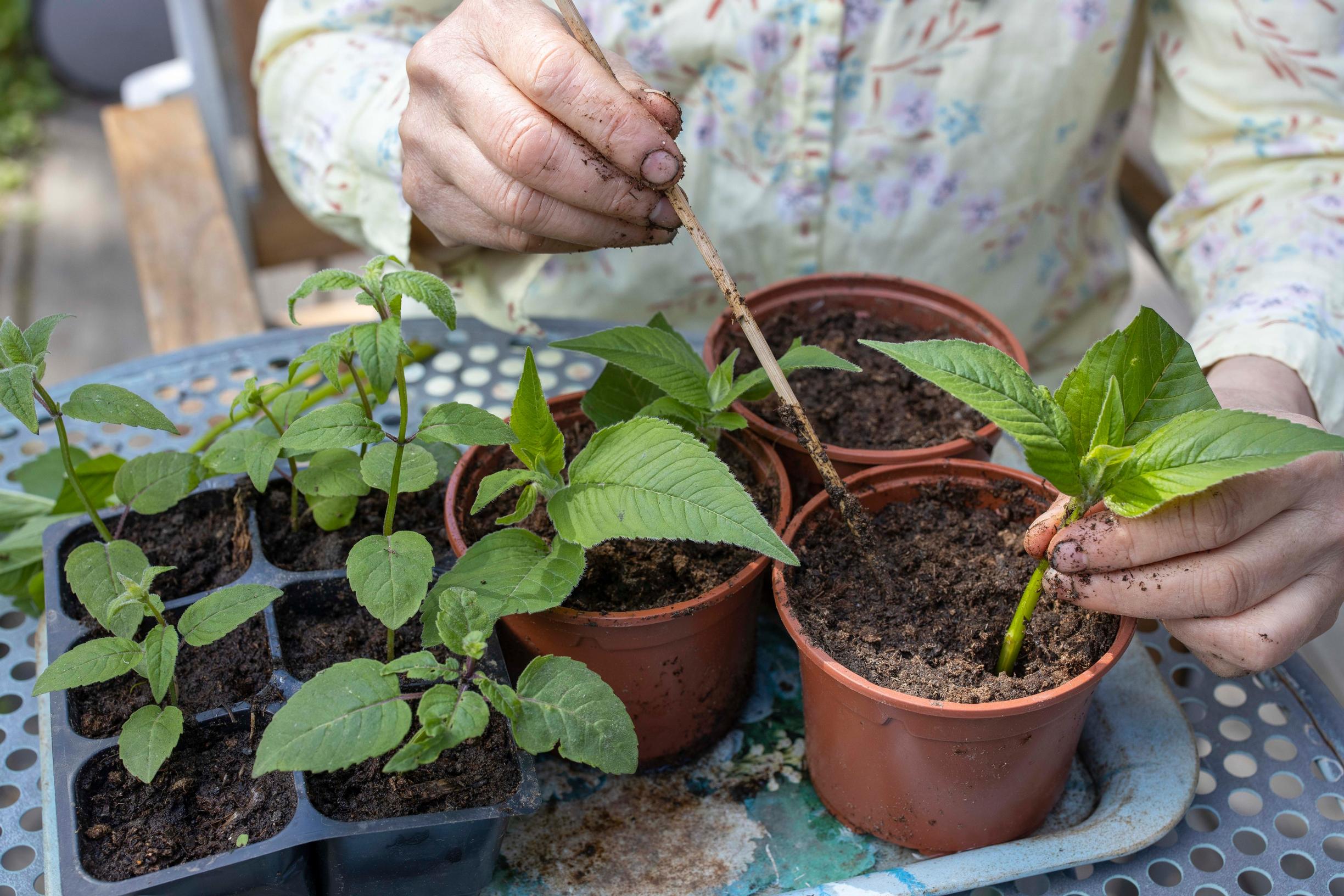
Keep the cuttings fresh by loosely covering them with plastic and misting the leaves. Gradually, the cuttings will begin to take in water and nutrients through their delicate root hairs, which are easily damaged if the soil is too wet or too dry.
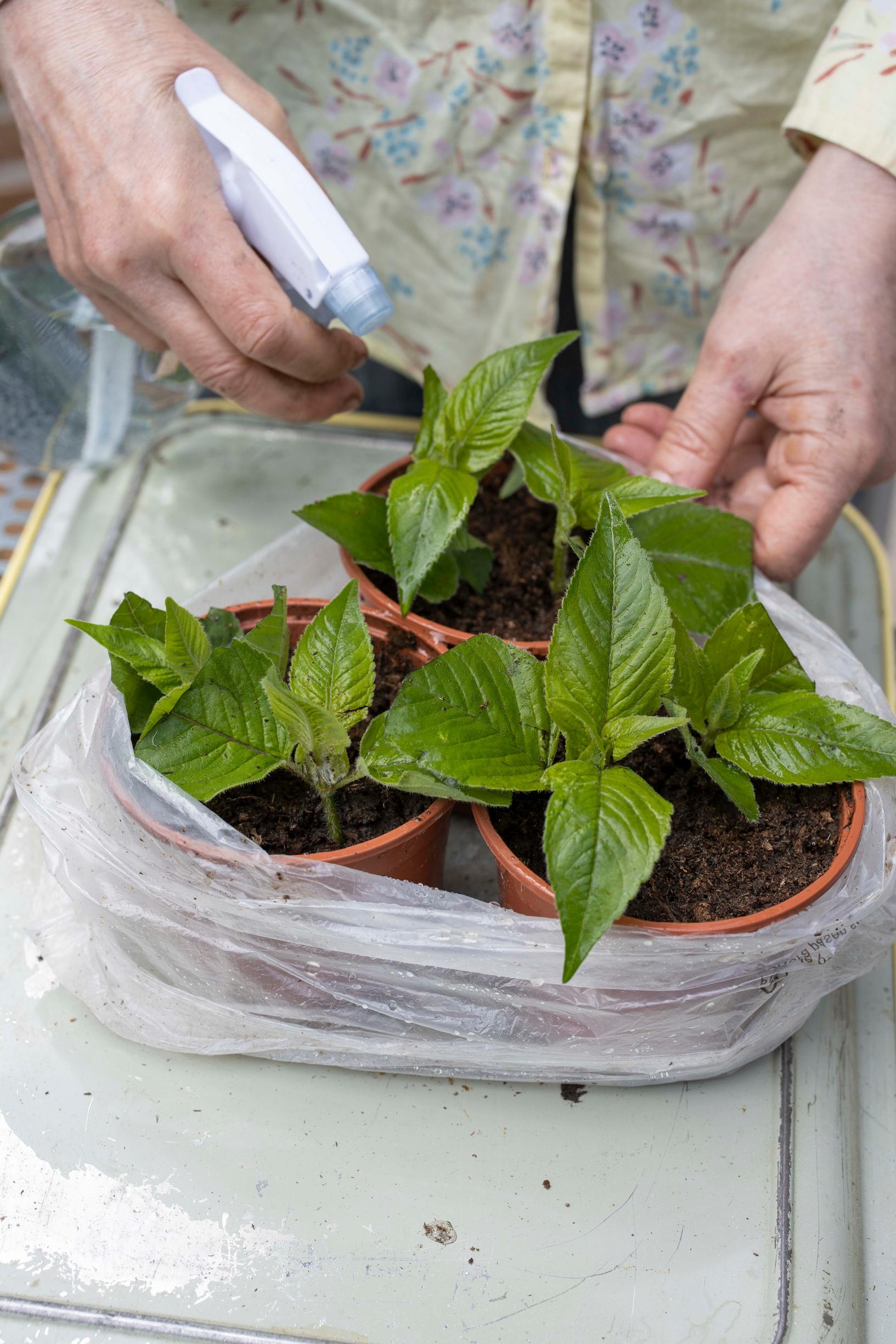
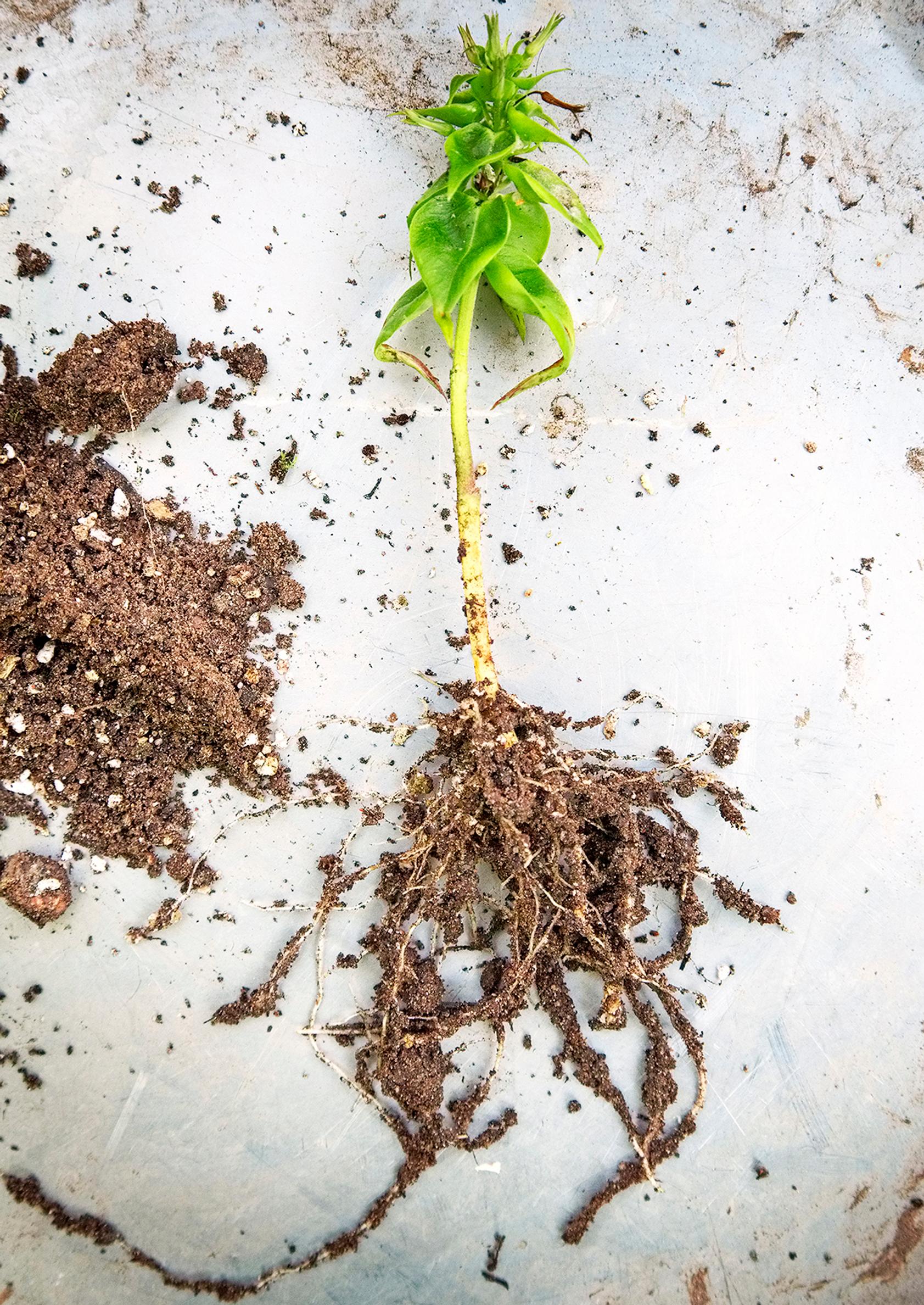
You can place the shoot pieces in water to root first, just like houseplant cuttings. Once the roots are about a centimeter long, move them to soil. Misting and a loose plastic cover help them establish.
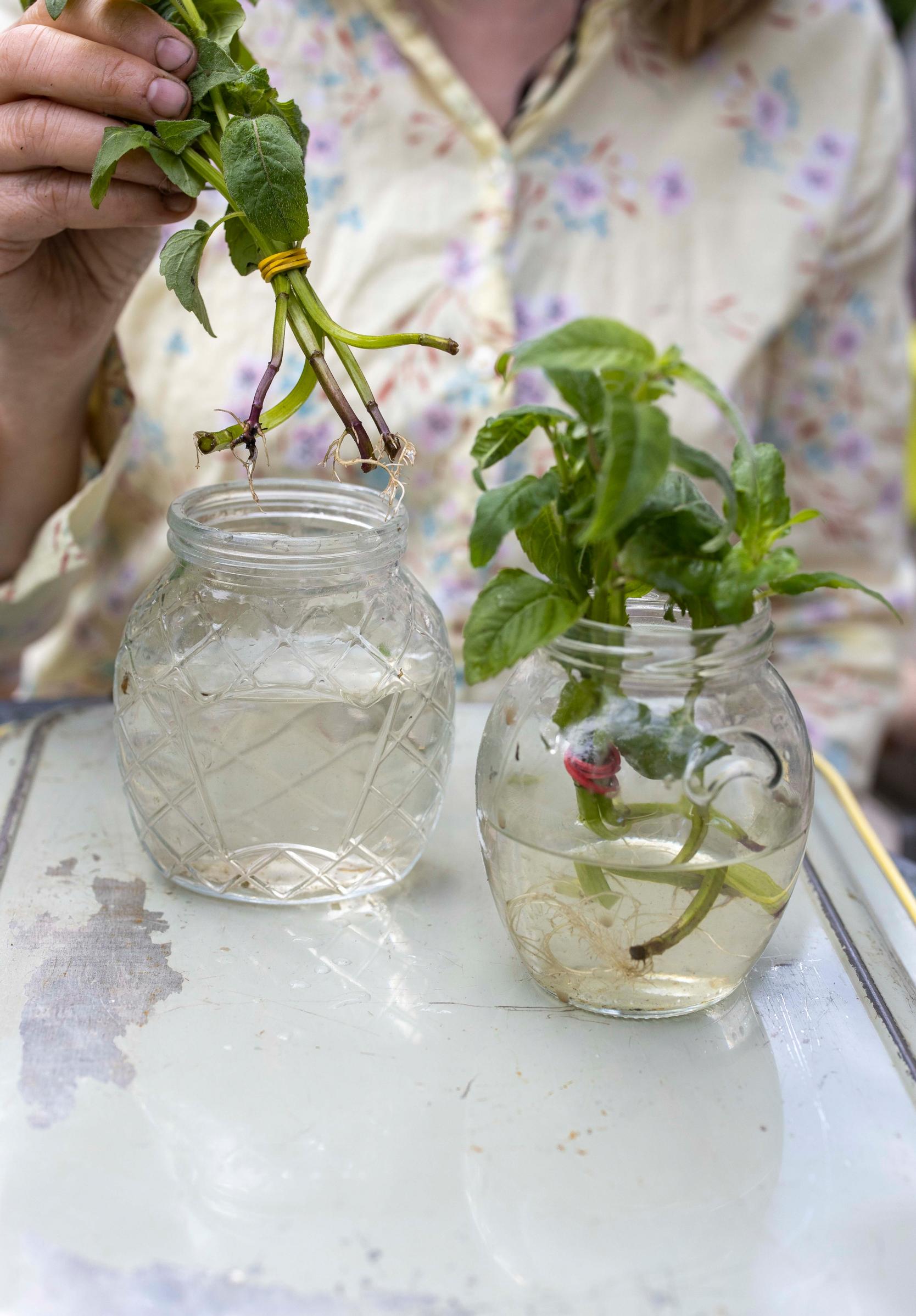
Pinch back the newly rooted seedlings that are producing new leaves, and fertilize them with a mild nutrient solution. Plant them in a raised bed so they can strengthen, then move them to their final spot later. Protect tender perennial varieties with row cover during the first winter.
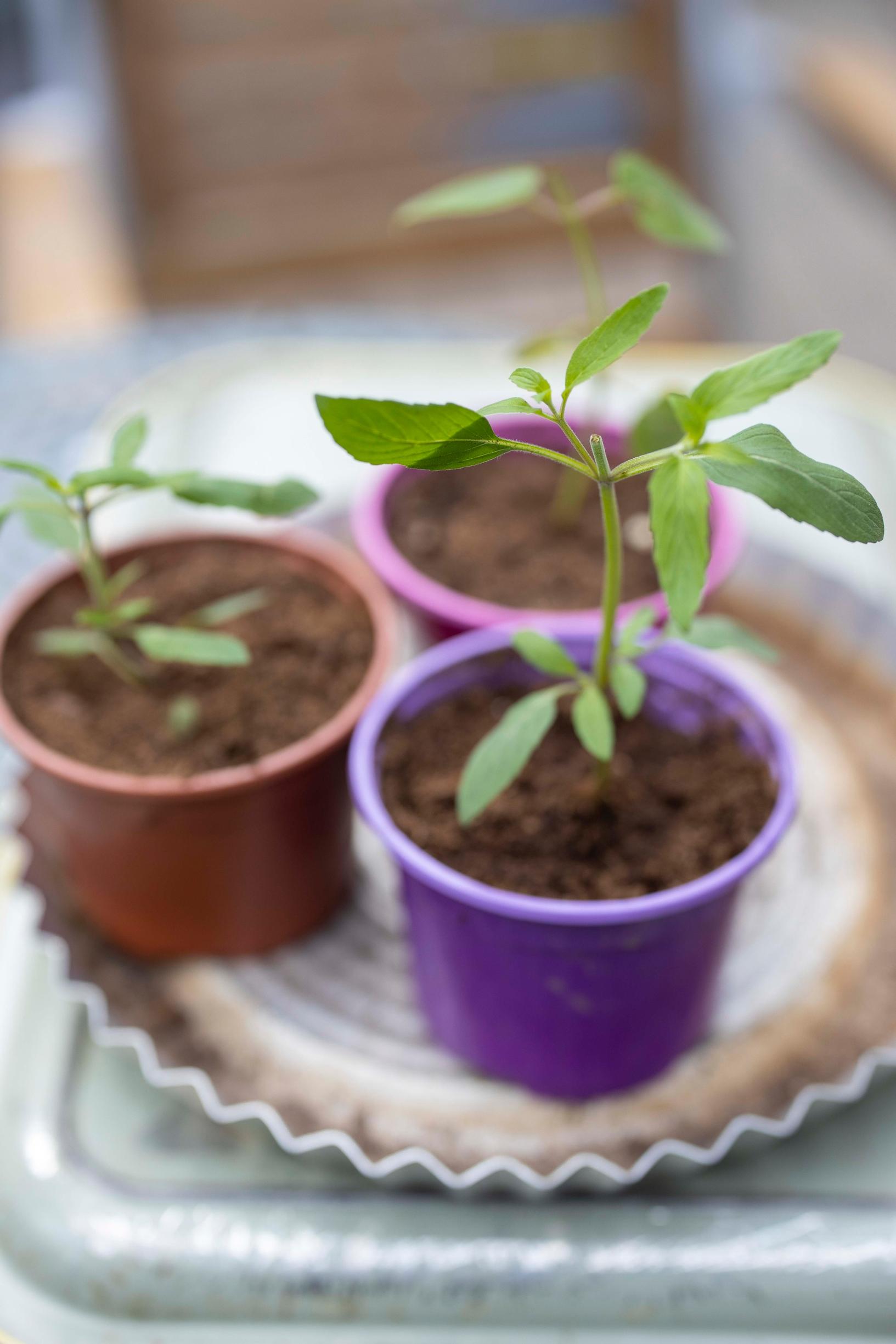
You can also propagate many wild meadow plants from cuttings, such as yellow loosestrife, St. John’s wort, and purple loosestrife.
